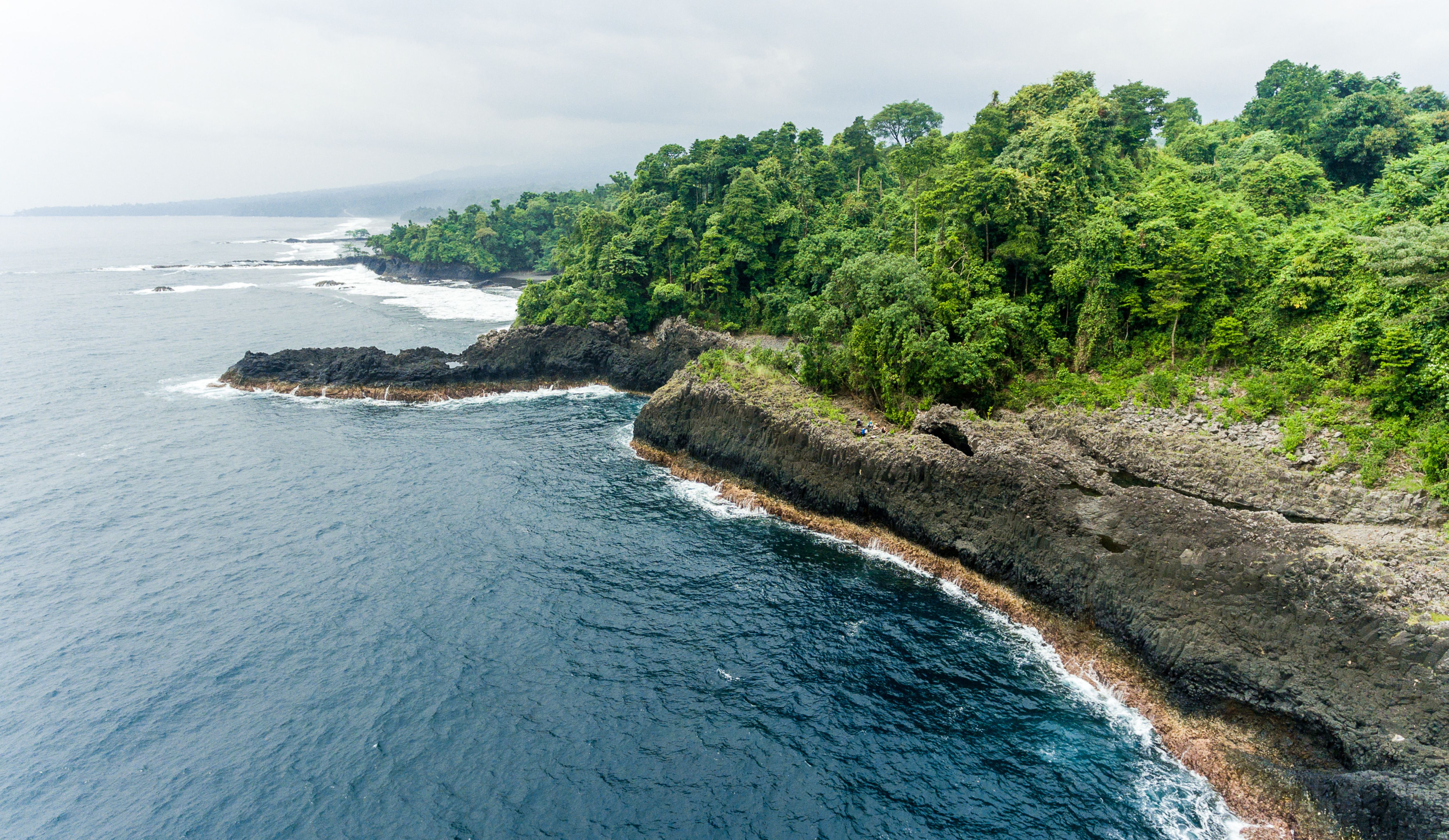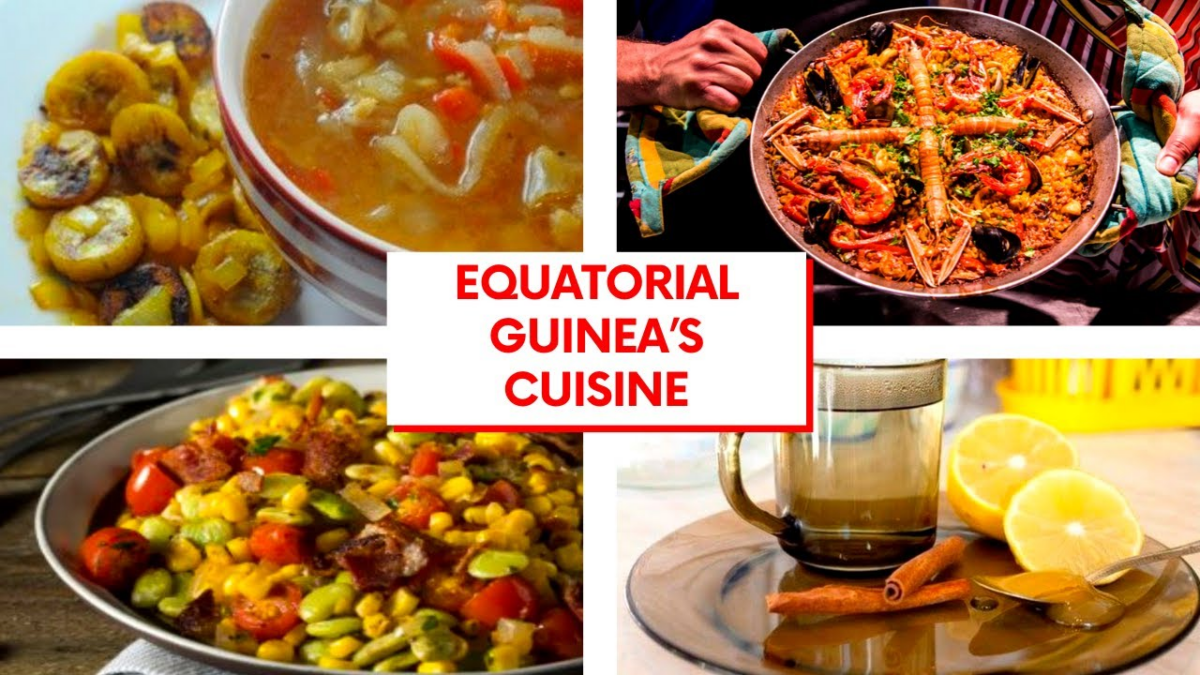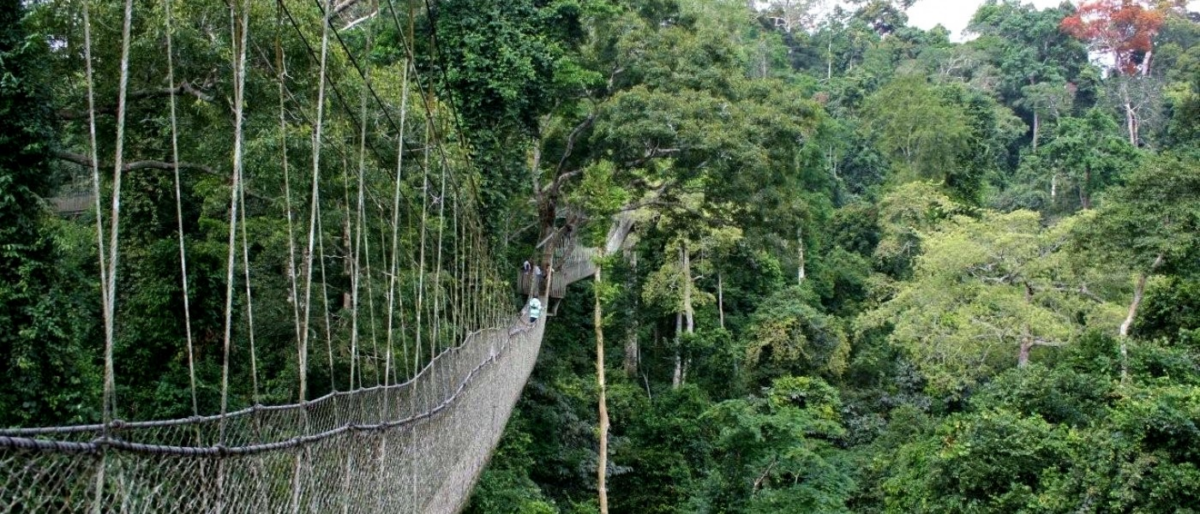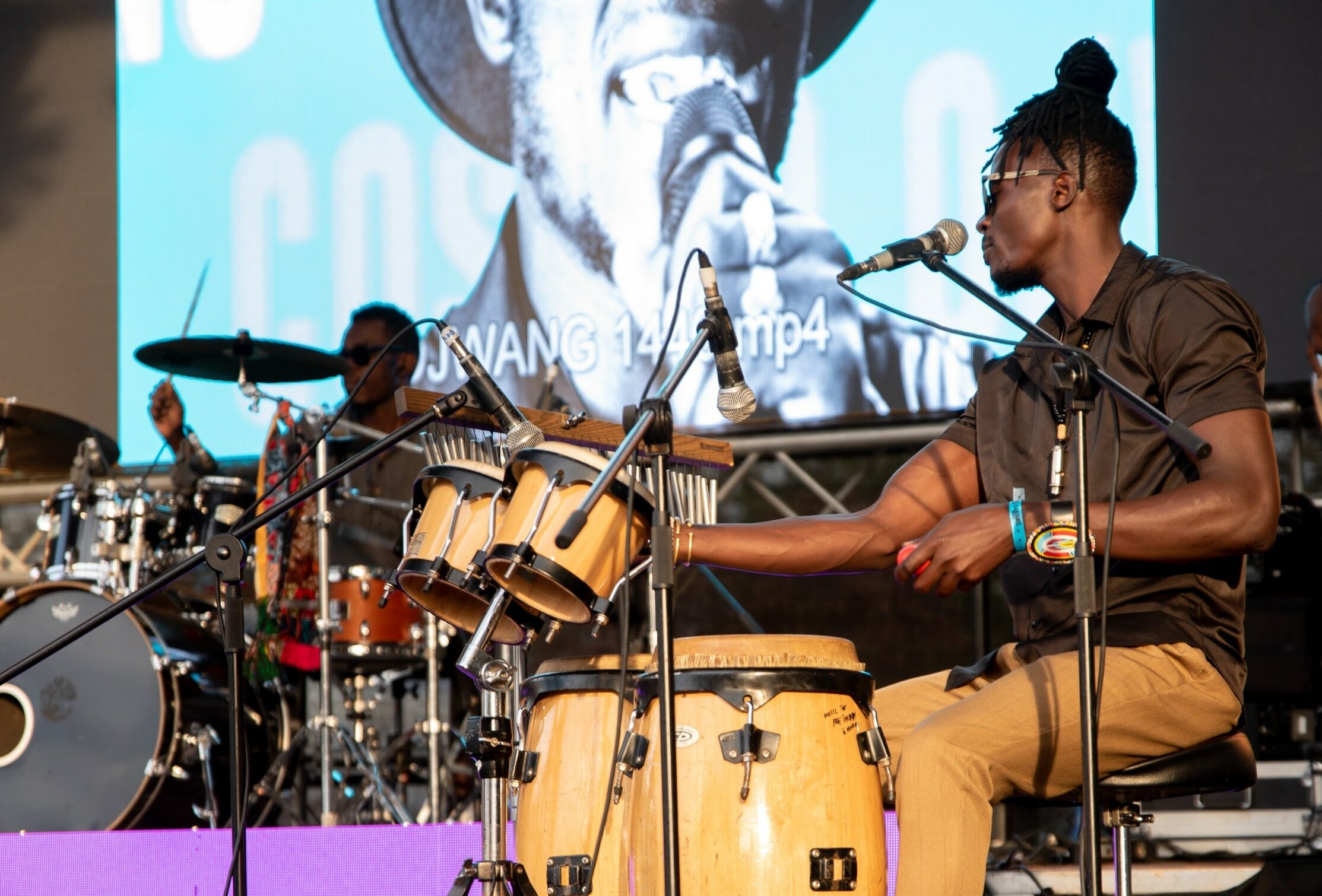Located on the west coast of Central Africa, Equatorial Guinea is a country full of natural beauty, vibrant culture, and a rich history. From its stunning landscapes to its unique traditions, Equatorial Guinea is a captivating experience for travelers seeking to immerse themselves in the heart of Africa. Let’s take a look at this vibrant country.
Geography and Climate
Equatorial Guinea is a small country with a mainland region and several islands. It comprises a mainland territory known as Río Muni and five inhabited islands, including Bioko, where the capital Malabo is located, and Annobón, the southernmost point of the country. The physical landscape is diverse, featuring coastal plains, hills in the interior, and tropical rainforests. Read Also: East Africa’s hidden tourism treasures in the Indian Ocean

Situated near the equator, the country experiences a tropical climate with two distinct seasons – the dry and rainy seasons. Cooler temperatures and low humidity from December to April mark the dry season. Conversely, the rainy season, stretching from May to November, brings high humidity and frequent downpours. Despite these seasonal differences, temperatures remain relatively constant throughout the year, ranging between 21°C (70°F) and 33°C (91°F). This equatorial climate contributes to the country’s lush vegetation and diverse wildlife.
History
The history of Equatorial Guinea is a captivating blend of indigenous cultures, European influence, and a courageous journey towards independence. The earliest inhabitants were Pygmy tribes, which later joined and were eventually replaced by Bantu tribes. The Portuguese were the first Europeans to explore the region in the 15th century. However, the Spanish colonized the area in the late 18th century. Despite the abolition of the Atlantic slave trade, the Spanish used the country as a hub for their slave trade activities throughout the 19th century.
In the 20th century, the struggle for independence intensified, leading to sovereignty on October 12, 1968. Post-independence Equatorial Guinea has had a turbulent political history, with several coups and a dictatorship under Francisco Macías Nguema that lasted more than a decade. Today, the country grapples with its history, seeking economic development and political stability while preserving its unique heritage and traditions.

Culture and Traditions
Equatorial Guinea’s culture and traditions are a vibrant mix of indigenous customs and Spanish influence. The Fang, who comprise most of the population, are known for their intricate wood carvings and colorful masks used in traditional dances and ceremonies. Music and dance form an integral part of the cultural fabric, with the bikutsi, a lively dance accompanied by drum rhythms, being particularly popular.
Spanish colonial influence is evident in the nation’s culinary traditions, with staples such as plantains, rice, and yams often prepared with European cooking methods. Equatorial Guinea is also renowned for its literature, particularly the works of renowned Fang writer Donato Ndongo-Bidyogo, whose works explore the complexities of the nation’s colonial past and present identity. Read Also: 8 African Countries at the Forefront of Climate Awareness
Traditional societal structures remain strong, particularly in rural areas, where the village is often seen as an extended family. The tutu, the village elder, holds a significant role in decision-making and conflict resolution. Festivals and celebrations, such as the Abira ceremony performed for purification and protection, remain deeply ingrained in the society.
While the official language is Spanish, local languages like Fang and Bubi are widely spoken. The country’s diverse culture is also reflected in its religious practices. Christianity, particularly the Catholic Church, is significant alongside traditional African religions. The cultural diversity of Equatorial Guinea reflects its intricate past and the unwavering strength of its people.

Food and Cuisine
Equatorial Guinea offers an endless and diverse culinary tradition that seamlessly blends African and Spanish influences. The staple diet consists of locally grown tubers such as cassava, sweet potatoes, and yams. Plantains, another primary food source, are often prepared boiled, fried, or mashed. Rice is also a common staple, often served alongside different stews.
The country’s coastal location ensures a steady supply of fresh seafood, including fish, prawns, and shellfish. These are usually grilled or cooked into soups and stews, seasoned with local spices, and often accompanied by saka saka or cassava leaves. Meat, particularly bush meat like antelope and wild boar, also feature prominently in the local cuisine.
Spanning from the Spanish influence, ndole is one popular dish, a tasty stew made from nuts, ndoleh leaves, and fish or beef. Another popular dish is sukuma wiki or collard greens, typically served with cornmeal. The dishes, though simple, are robust and burst with flavors, reflecting the country’s rich biodiversity.
The tropical climate of Equatorial Guinea supports the growth of a wide array of fruits, which are often enjoyed fresh or used in traditional desserts. The most commonly consumed beverages include palm wine and malamba, a traditional liquor made from sugarcane. The cuisine of Equatorial Guinea is a culinary journey that offers a taste of the country’s vibrant culture and rich history.
Historical Landmarks
Equatorial Guinea has preserved part of its history through various landmarks and sites that offer a glimpse into the country’s past. One of the most visited sites is the Basilica of the Immaculate Conception in Mongomo. Commissioned by the country’s president, it is the largest church in Central Africa and stands as an exquisite symbol of faith and devotion.

In Malabo, the Santa Isabel Cathedral is another significant landmark. Built during Spanish colonial times, the cathedral’s white exterior and twin spires starkly contrast the surrounding modern buildings and bustling city life. Its intricate stained glass windows and aged woodwork exude an air of solemnity and timelessness.
The Bata Cathedral is an architectural marvel in the city of Bata and a testament to the country’s religious heritage. Its stunning design showcases Spanish influences and stands out amidst the city’s skyline. The Plaza de la Mujer, also in Bata, is a culturally significant landmark. It is a monument to the country’s women and their immense societal contributions.
Finally, the Island of Corisco is a historic site known for its exquisite beaches and remnants from the colonial era, offering a window into the country’s past. These landmarks, among others, make Equatorial Guinea a country of significant historical interest.
Tourism
Equatorial Guinea is rich in historical landmarks and natural attractions that fascinate tourists from around the world. The country’s unique geography, ranging from volcanic landscapes to peaceful islands, offers an abundance of natural wonders.

The Monte Alén National Park in mainland Equatorial Guinea is a haven for nature and wildlife enthusiasts. This park stretches over 1,400 square kilometers and is home to various wildlife, including elephants, chimpanzees, and various bird species. Its lush rainforests and hiking trails offer tourists a truly immersive experience in the heart of nature.
The country’s coastline is equally breathtaking. Bioko Island, for instance, is known for its pristine beaches and tropical rainforests. The island also hosts the annual nesting spectacle of sea turtles, a sight that draws nature lovers worldwide.
The Acalayong Bay is a must-see on the mainland, with its beautiful stretch of sandy beach and crystal-clear waters. The tranquil island of Corisco, known for its exquisite beaches, offers tourists a perfect blend of relaxation and exploration.
Economy and Industry
The government has recently is primarily driven by its substantial oil reserves, with the oil industry accounting for over 90% of the country’s Gross Domestic Product (GDP). The nation stands among the top 10 largest oil producers in Sub-Saharan Africa, resulting in a substantial inflow of foreign revenue. However, this reliance on oil has made the economy susceptible to global price fluctuations and has highlighted the importance of diversifying the economic base.
Outside of oil, other industries play a smaller but critical role. Though underdeveloped, the agricultural sector provides most of the population with subsistence farming, with crops such as cocoa, coffee, and yams. Equatorial Guinea also boasts substantial untapped mineral resources, including gold, diamonds, and aluminum, offering potential for growth in the mining sector.
The government has recently initiated diversification efforts to reduce oil dependence, focusing on developing sectors like tourism and fishing. The country’s vast natural beauty and unique wildlife present a potential niche for eco-tourism, while its extensive coastline offers rich fishing grounds.
However, the economic diversification and development process in Equatorial Guinea faces several challenges, including inadequate infrastructure, institutional weaknesses, and a need for improved economic governance. The path towards a more diverse and sustainable economy requires continued investment in these areas and a strong commitment to improving the business environment and promoting private sector development.
Bottom Line
As Equatorial Guinea continues to evolve, it presents a window into the beauty and vibrancy of Africa. From its breathtaking landscapes to its rich cultural heritage, this jewel of the continent invites visitors to embark on an unforgettable journey.



